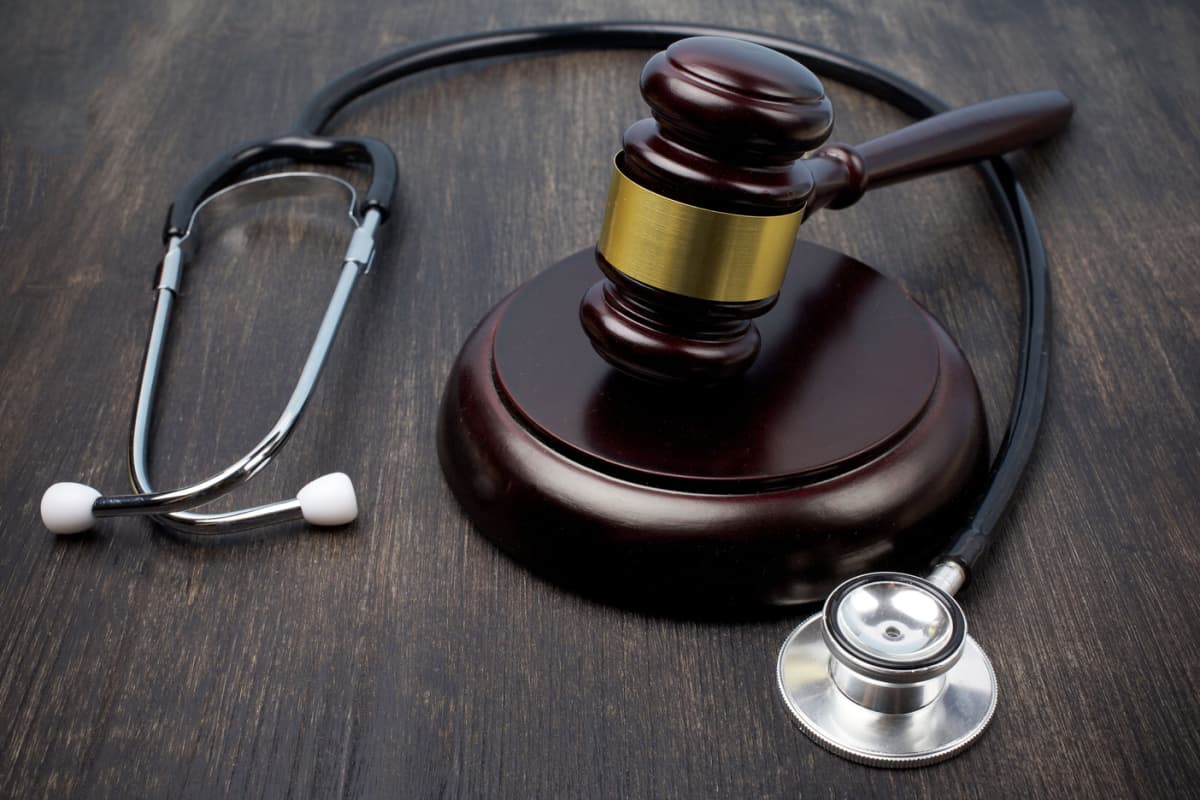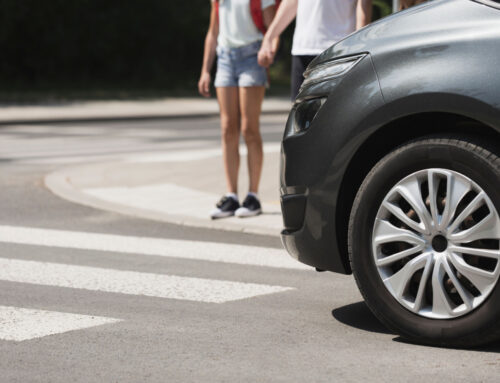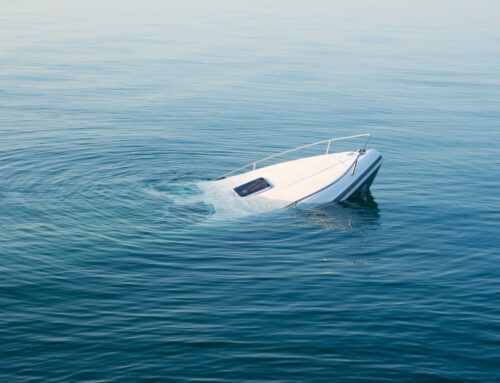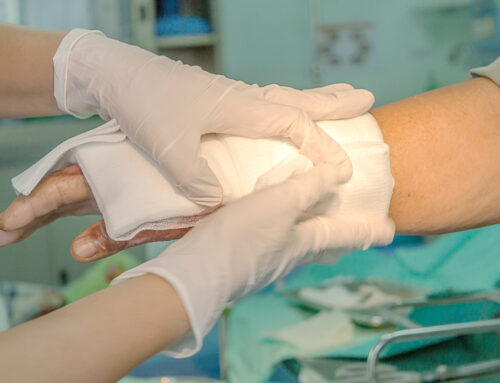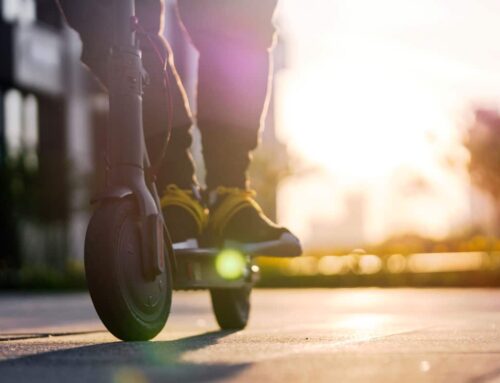Going out in New Orleans should be defined by fun and excitement, but bars, restaurants, and just strolling around NOLA’s historic neighborhoods can result in an injury. Slip-and-fall accidents sound like something should only happen to people unsteady on their feet, but according to the Center for Disease control, injuries from falls are the leading cause of visits to the ER – and result in over 8 million hospital visits each year.
When an injury happens in a public place in New Orleans, the first response often determines the course of events following. Staying calm, alert, and clear-headed in such situations allows for an effective management of the incident. It’s important to remember to not assign or accept blame at this stage. Instead, focusing on understanding what transpired and ensuring personal safety is paramount. This upfront acknowledgement serves as the first brick in building a potential personal injury case if needed.
Documenting the Event: An Indispensable Step
In the wake of an injury, documenting the incident becomes an indispensable step. This process begins with noting down the circumstances leading to the event. Aspects such as the location, the time, and the conditions, both environmental and personal, carry significant value. Additionally, a detailed account of the incident itself, including the sequence of actions, any observable negligence or hazards, and immediate reactions, forms a major part of this documentation. Consistency and specificity help in maintaining the integrity of these records. Furthermore, descriptions of any physical harm or distress experienced, backed by medical reports, strengthen this documentation. A well-documented event can serve as a solid foundation in any future discussions related to the incident.
Identifying Witnesses: Importance of Corroborative Testimony
Witnesses play an important role in incidents of personal injury. The people present at the scene when the injury occurs can provide corroborative testimony, lending weight to the injured party’s account of events. These witnesses can include bystanders, people involved indirectly in the incident, or those who arrive at the scene immediately after the incident. When gathering witness information, it’s important to record their full names, contact details, and their precise accounts of what happened. It’s also useful to note the exact position from where the witness observed the incident. The added perspective from witnesses can often illuminate aspects of the event might otherwise go unnoticed. A witness can affirm the sequence of events, shed light on potential hazards, or confirm neglectful behavior, ultimately enhancing the understanding of the incident.
Gathering Evidence: The Role of Photographic Documentation
Collecting evidence goes beyond written accounts or verbal descriptions, entering the realm of visual documentation. Photographs present an undeniable reality to help reconstruct the scene of the injury. Visual evidence provides a straightforward means to depict the exact location, any visible hazards, and the immediate aftermath of the incident. With the ubiquity of smartphones, photographing the scene has become more straightforward than ever. This includes capturing wide shots of the overall location, as well as detailed images of specific elements related to the incident. Photographs of any visible injuries can also serve as potent evidence. These images, in conjunction with other forms of documentation, contribute to a comprehensive view of the incident, reinforcing the credibility of the injured party’s claim.
Reporting the Accident: To Whom and When?
After an accident in a public place, the incident must be reported promptly. The authority to contact often depends on the specific location of the incident. For accidents occurring in commercial establishments such as shops, restaurants, or malls, the incident should be reported to the management or owner. If it happens in a public park or street, the local municipality may be the appropriate authority. When reporting, the individual should provide a comprehensive account of the event and request the details be officially recorded. Promptness in reporting is key. Delay in reporting could result in critical details being overlooked or forgotten, and it could also raise doubts about the seriousness of the incident. By reporting swiftly and accurately, one can ensure the event is properly documented in official records.
Medical Attention: The Vitality of Immediate Care
Obtaining immediate medical care after an injury is of the utmost importance, not only for health reasons but also for documenting the incident. Immediate medical attention ensures the injuries are properly diagnosed and treated. Medical professionals will generate records of the injury, the treatment administered, and the potential impact of the injury on one’s life. These medical records become an important part of the documentation of the incident. Furthermore, an immediate visit to the doctor demonstrates the individual took the incident seriously and did not ignore or underestimate the injuries. This can be significant in determining the impact and repercussions of the injury.
Log of Events: Why Timely Record-Keeping Matters
After an accident, maintaining a timely and thorough log of events can be immensely beneficial. This log should include a detailed account of the incident itself, but also the aftermath: the effects on daily life, the progression of physical symptoms, and any emotional distress experienced. This documentation serves to paint a comprehensive picture of the incident’s impact over time, which can be especially significant in personal injury cases where damages for pain, suffering, or disruption of normal life can be sought. Consistent entries in this log provide a chronological narrative may reveal patterns or highlight the severity of the consequences over time. Keeping a log also prevents reliance on memory alone, which can fade or be influenced by other factors. By maintaining a record, ensuring no significant detail slip away unnoticed.
Handling Insurance Company Communications: A Delicate Balance
Communicating with insurance companies after a personal injury incident requires a delicate balance. On one hand, it’s important to notify the insurance company promptly about the accident to comply with the policy’s requirements. On the other hand, a detailed conversation about the incident or the injuries should be approached with caution. Offering too much information or speculation can sometimes inadvertently harm the claim. It’s key to provide only the basic facts about where and when the incident occurred, without going into details about fault or injuries. Before settling any claim or accepting any offer from the insurance company, it’s advisable to fully understand the extent of the injuries, the cost of medical treatments, and any long-term impacts. This balance can ensure a fair and just outcome.
Pursuing a Personal Injury Claim: Key Aspects to Consider in New Orleans
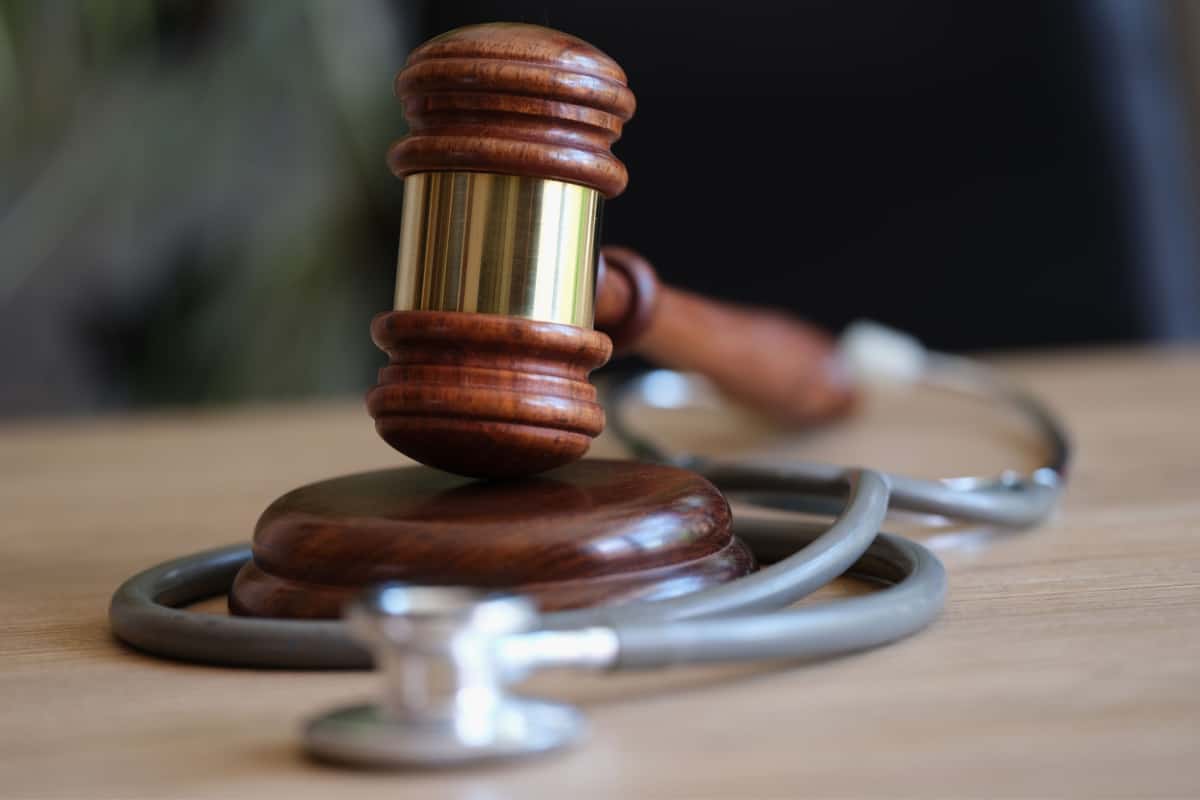
When deciding to pursue a personal injury claim in New Orleans, several key aspects need to be considered. First, one must understand the statute of limitations, which in Louisiana is generally one year from the date of the accident. This timeframe is the window within which a lawsuit must be filed. Second, understanding the role of comparative fault is vital, as Louisiana follows this rule, which could reduce compensation if the injured party is found partially at fault. Also, comprehending the extent of damages one can claim is important, which can include medical expenses, lost wages, and pain and suffering.
Don’t hesitate to reach out for a free consultation or call the firm today at 504-526-2222 and get the help you need.



